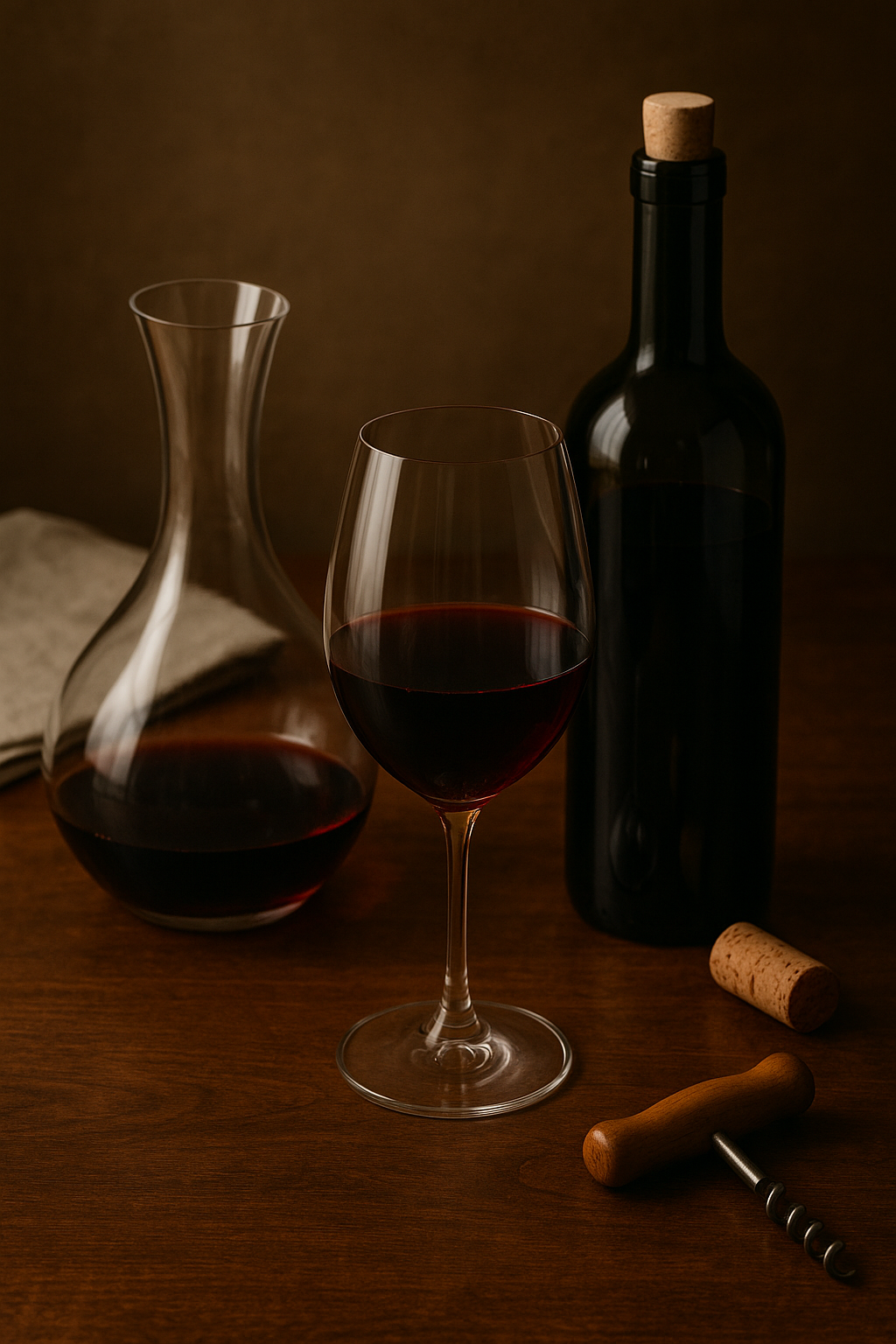
Decanting is Not Always Necessary for Reds
Share
Understanding Decanting: Purpose and Myths
Decanting, often viewed as a ritual reserved for fine wines, serves a dual purpose: aeration and sediment separation. The process allows a wine to breathe, enhancing its aromas and flavors by exposing it to oxygen. However, many myths surround the necessity of decanting, particularly when it comes to red wines. Contrary to popular belief, not all reds benefit from this process. Young, fruit-forward wines may lose their vibrancy when decanted, while older vintages can be more delicate, requiring careful handling to avoid the disruption of sediment. It’s essential to consider the characteristics of the wine in question. For instance, a robust Cabernet Sauvignon may thrive with some aeration, revealing layers of complexity, while a lighter Pinot Noir could be overwhelmed. Ultimately, understanding the specific needs of each wine is crucial in determining whether decanting is warranted, allowing enthusiasts to appreciate the full spectrum of flavors without unnecessary alteration.
When to Skip the Decanter: Red Wines that Don’t Require Aeration
While decanting can enhance the experience of many red wines, there are certain varieties that thrive without this extra step. Young, fruit-forward wines, such as Beaujolais Nouveau and many styles of Pinot Noir, are often best enjoyed straight from the bottle. Their vibrant, fresh flavors can be overshadowed by excessive aeration, which may flatten their lively character. Similarly, lighter-bodied reds like Gamay or Dolcetto are crafted for immediate enjoyment, showcasing their juicy profiles without the need for breathing time.
Moreover, wines with delicate tannins, such as some Grenaches or Chiantis, can lose their charm if exposed to too much oxygen. These wines often offer a nuanced balance that is best preserved when served directly, allowing their inherent qualities to shine. In these cases, skipping the decanter not only respects the winemaker's intent but also enhances the overall tasting experience, inviting drinkers to appreciate the wine's freshness and vibrancy as intended.
Practical Alternatives: How to Enjoy Reds Without Decanting
For those who prefer to skip the decanting process, there are several practical alternatives to enhance the enjoyment of red wines. One effective method is to simply serve the wine at an optimal temperature. Many red wines benefit from being slightly chilled, which can soften tannins and elevate fruit flavors. Aim for a temperature around 55-65°F, depending on the wine's body and structure.
Additionally, consider using a wine aerator, a handy tool that introduces air to the wine as it’s poured. This allows the wine to breathe instantly, releasing its aromas and flavors without the wait. Another option is to swirl the wine in the glass, a simple yet effective technique that exposes it to oxygen, enhancing its bouquet and taste profile.
Lastly, selecting younger reds can also mitigate the need for decanting. These wines are often fruit-forward and less tannic, making them more approachable right out of the bottle. By employing these strategies, you can savor the complexities of red wines without the lengthy decanting ritual.
